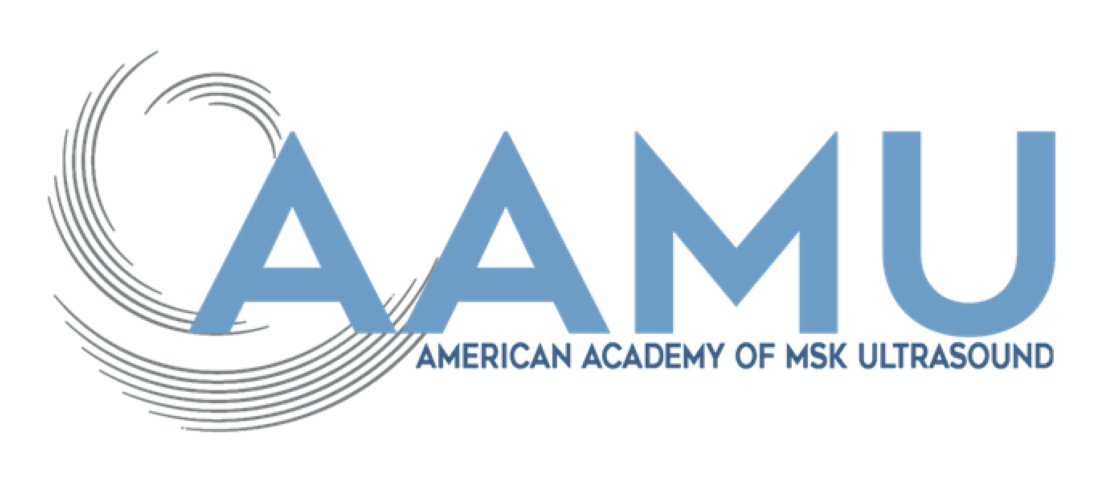The role of diagnostic ultrasound in assessing acromiohumeral distance and managing shoulder pathologies in physical therapy: a systematic review.
Read the full text >Abstract
Background:
Diagnostic ultrasound (DUS) is an imaging technique used to aid the clinical manage-ment of musculoskeletal pathology. Musculoskeletal DUS is within the physical therapist’s scope of practice and may help to improve clinical practice for shoulder pain.1 Objective: To evaluate the current role of DUS conducted by physical therapists (PTs) in assessing acromiohumeral distance (AHD) for management of shoulder pathologies.
Methods:
Systematic review of CINAHL, Cochrane Library, and PubMed Central databases. Terms: (“acromiohumeral distance” OR “acromiohumeral space”) AND (“physical therapy” OR physio-therapy OR rehabilitation) AND (“diagnostic ultrasound” OR sonography OR sonogram OR ultra-sonography). Limits: English, peer-reviewed, human subjects, since 2000. Selection criteria: DUS used by a PT to measure AHD in adults with shoulder pathologies. Each article evaluated by two separate researchers and screened using OCEBM guidelines.
Results:
Nineteen articles met criteria including 1069 total participants. Studies used DUS to deter-mine the effectiveness of interventions, identify structural differences between groups, diagnose shoulder pathology, predict functional outcomes, compare ultrasound measurements to other assessment tools, and quantify intra-rater reliability.
Conclusions:
There is moderate to strong evidence in support of PTs using DUS to manage shoulder pathologies. DUS is a non-invasive, accurate, portable, cost-effective, and safe method to evaluate AHD. With proper training DUS can be an invaluable tool in the rehabilitation process. Study limitations include language bias and possible exclusion of relevant articles due to narrow search terms. Future research should investigate the use of ultrasonographic imaging in evaluating other musculoskeletal pathologies and predicting functional outcomes or prognosis.
Keywords: imaging, rehabilitation, rotator cuff, ultrasonography



